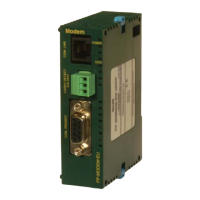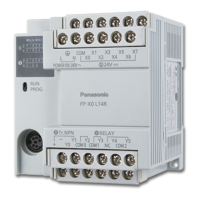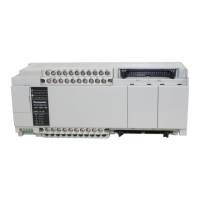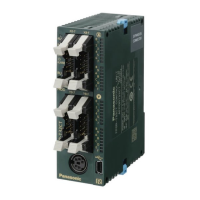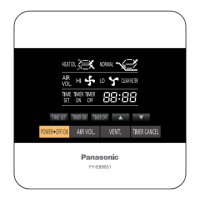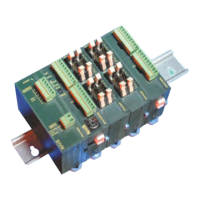iv
7.2.1 Precaution When Using RS485 Port
7-12
7.3 Installation and Wiring
7-14
7.3.1 Installation of Communication Cassette
7-14
7.3.2 Wiring
7-15
7.3.3 Cables
7-17
7.4 Communication Function 1: Computer Link
7-18
7.4.1 Computer Link
7-18
7.4.2 1:1 Communication (Computer link)
7-26
7.4.3 1:N Communication (Computer Link)
7-29
7.4.4 MEWTOCOL Master (Sample Program) (Available For 32k Type Only)
7-34
7.5 Communication Function: General-purpose Serial Communication
7-36
7.5.1 General-purpose Serial Communication
7-36
7.5.2 Communication with External Devices
7-39
7.5.3 Connection with 1:1 Communication (General-purpose serial communication)
7-49
7.5.4 1:N Communication (General-purpose Serial Communication)
7-61
7.6 Communication Function 3: PC(PLC) link
7-62
7.6.1 PC(PLC) link
7-62
7.6.2 Setting Communication Parameters
7-64
7.6.3 Monitoring
7-73
7.6.4 Connection Example of PC(PLC) link
7-74
7.6.5 PC(PLC) link Response Time
7-78
7.7 Communication Function 4: MODBUS RTU Communication
7-82
7.7.1 MODBUS RTU Communication
7-82
8. Self-Diagnostic and Troubleshooting 8-1
8.1 Self-Diagnostic function 8-2
8.1.1 LED Display for Status Condition
8-2
8.1.2 Operation on Error
8-2
8.2 Troubleshooting
8-3
8.2.1 If ERROR/ALARM LED is Flashing
8-3
8.2.2 If ERROR/ALARM LED is ON
8-4
8.2.3 ALL LEDs are OFF
8-5
8.2.4 Diagnosing Output Malfunction
8-6
8.2.5 A Protect Error Message Appears
8-7
8.2.6 PROG Mode does not Change to RUN
8-7
8.2.7 A Transmission Error has Occurred through RS485
8-8
8.2.8 No Communication is Available through RS232C
8-8
9. Precautions During Programming 9-1
9.1 Use of Duplicated Output 9-2
9.1.1 Duplicated Output
9-2
9.1.2 When Output is Repeated with an OT, KP, SET or RST Instruction
9-2
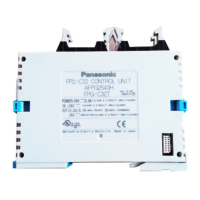
